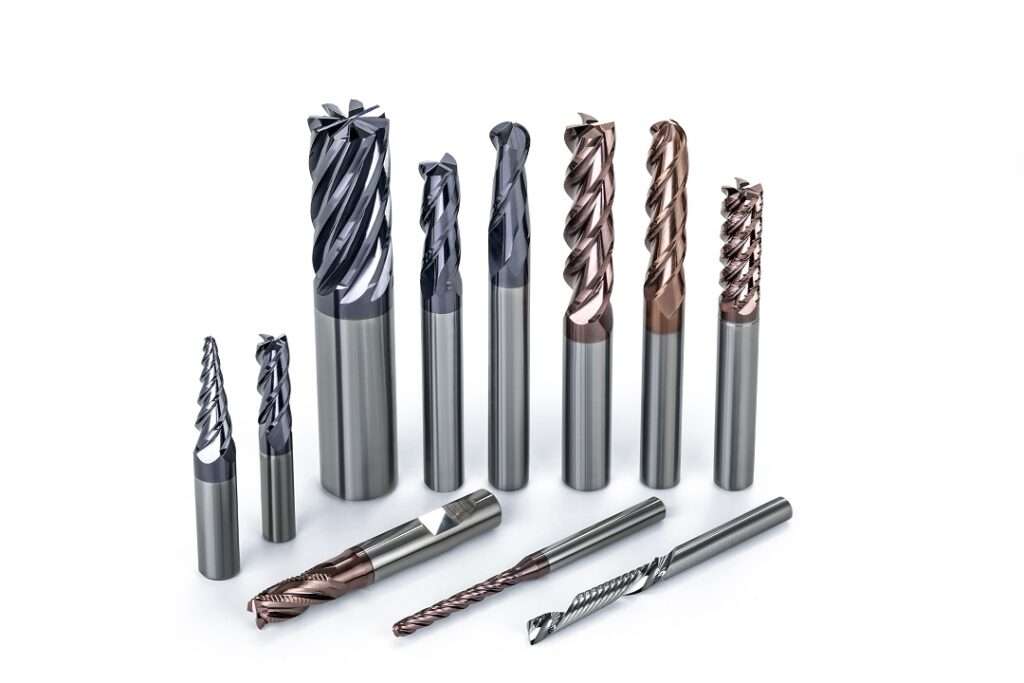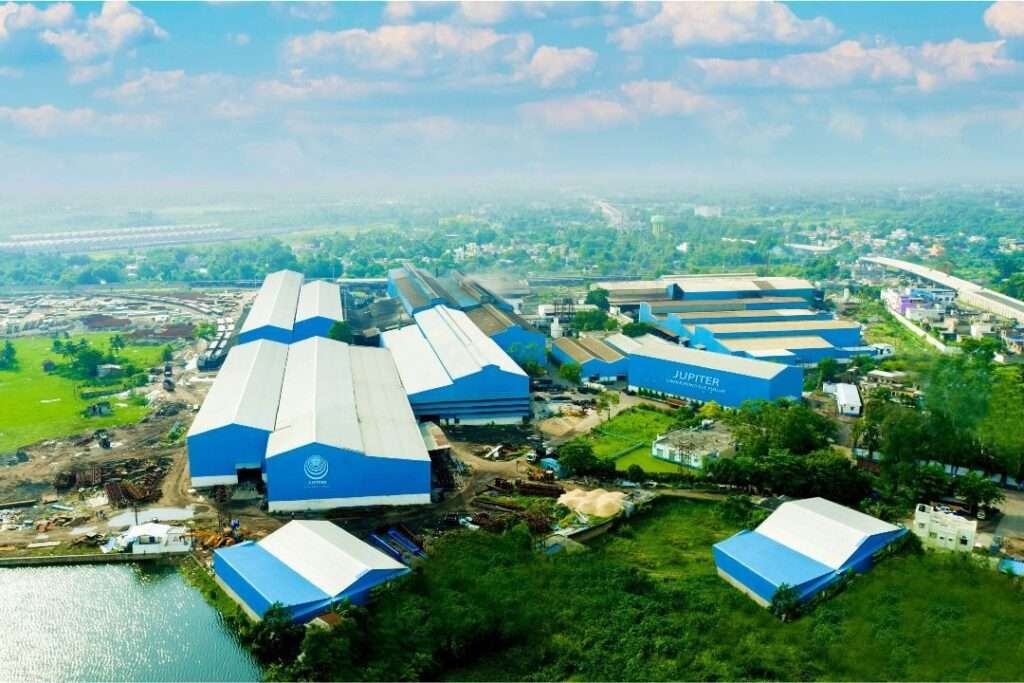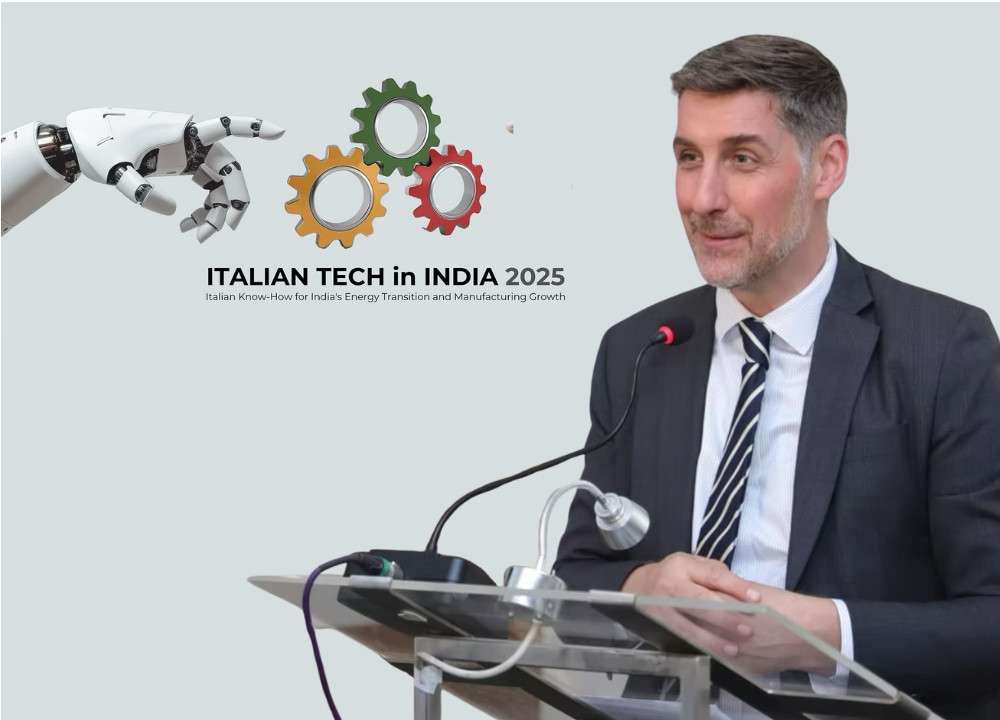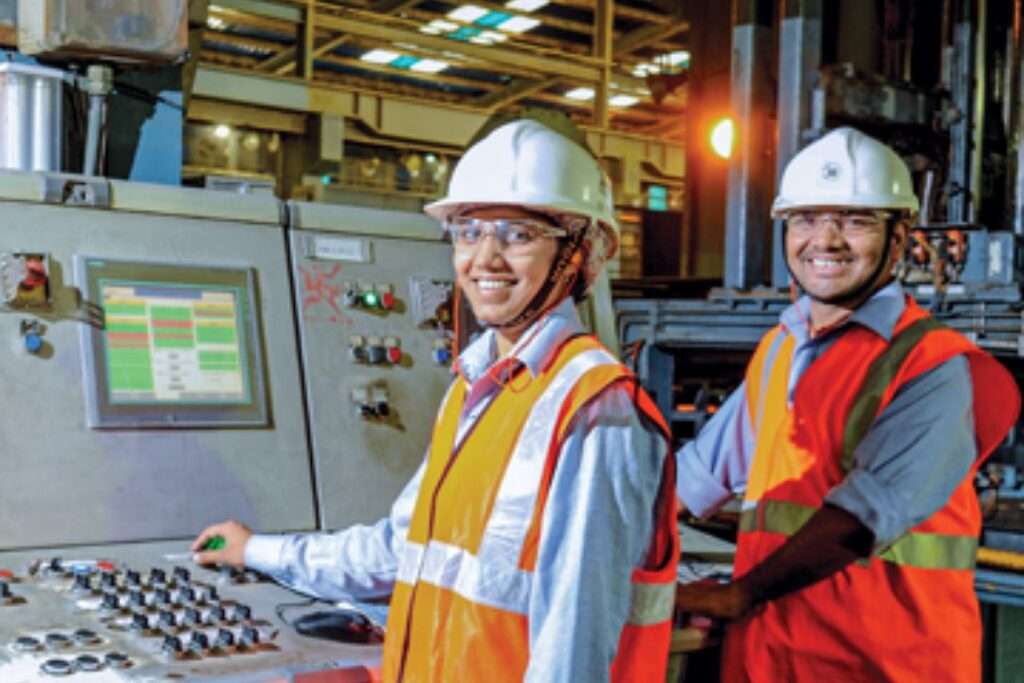At IAA Transportation 2024 in Hanover, ZF and Foton signed a Letter of Intent to expand their strategic collaboration, focusing on hybrid transmissions for the commercial vehicle market in China. Building on the success of their joint venture, which already delivers TraXon automatic transmissions and electric drives in China, the new agreement will see ZF’s latest hybrid automated manual transmission, TraXon 2 Hybrid, introduced to heavy-duty trucks in the country.
Under this partnership, ZF will further develop the TraXon 2 Hybrid system, while the joint venture will handle its production. “This collaboration combines our strengths to accelerate the development and market introduction of hybrid solutions,” said Prof. Dr. Peter Laier, ZF Board Member responsible for the Commercial Vehicle Solutions Division. He added that the launch of the new hybrid transmission in China underscores ZF’s commitment to supporting the country’s shift to new energy vehicles and promoting sustainability in the commercial vehicle industry.
Foton’s Chairman, Chang Rui, highlighted the significance of this agreement in advancing low-carbon transportation. He emphasized that the hybrid AMT system is central to Foton and ZF’s response to the new energy transformation, which will offer diversified commercial vehicle solutions for both China and the global market.
As China’s commercial vehicle sector rapidly embraces new energy technologies, hybrid solutions are playing a key role in reducing carbon emissions. ZF’s experience with hybrid technologies in passenger cars positions it well to bring cost-effective hybrid solutions to the commercial vehicle industry. The TraXon 2 Hybrid system, with its high integration and power, allows original equipment manufacturers (OEMs) to incorporate hybrid technology into existing platforms with minimal effort.
Designed to improve efficiency and reduce CO2 emissions, the TraXon 2 Hybrid supports both full-hybrid and plug-in hybrid heavy-duty vehicles. It maintains the advantages of traditional combustion engines, including range and refueling capabilities, while promoting adaptability across various vehicle platforms.The hybrid system is set to begin production globally in 2026, starting with the Chinese market.








